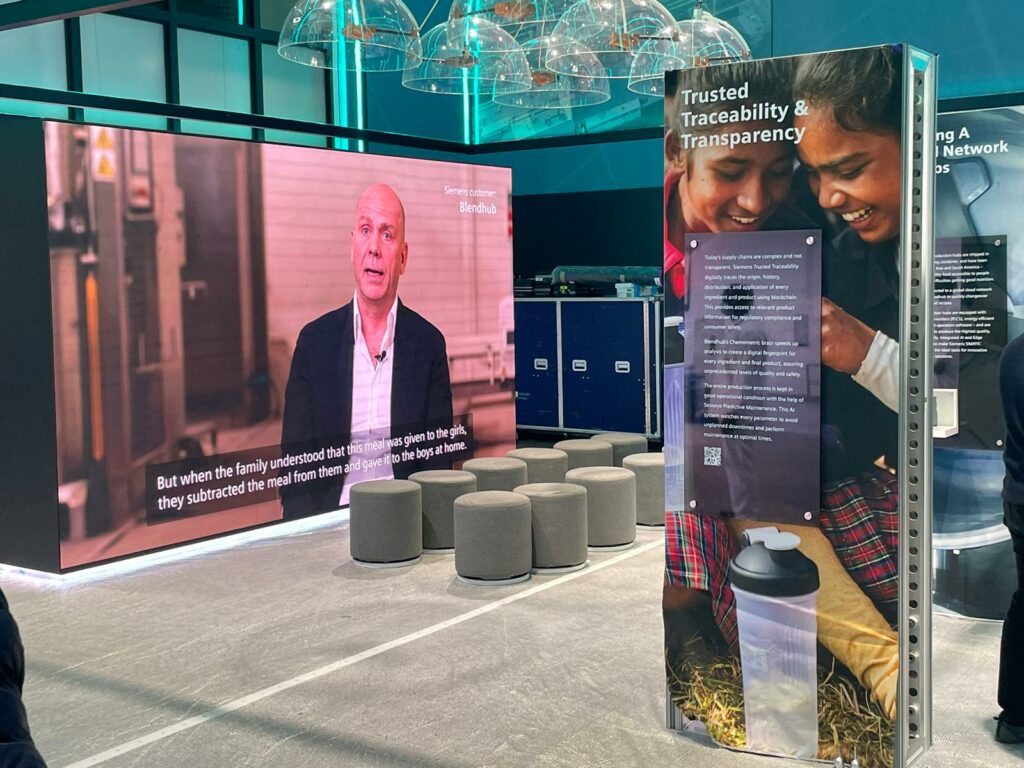Open Innovation is more than just ‘out the old and in with the new’, going outside or outsourcing. In fact, internal collaboration and support is an essential part of an Open Innovation strategy. No one better than a company’s team for defining:
- In which areas to innovate
- What the innovation challenges are
- What the atractive aspects of the company for external innovators are
- Where innovation leaders are
- Where to find consumers support more effectively
However, one of the most common barriers of Open Innovation is internal resistance. In a recent article of Innovation Excellence, Larry Huston and Tim Muñoz from 4iNNO address some key aspects of Open Innovation implementation focusing on the Procter and Gamble strategy.
They pointed as a key to success the corporate culture change within the company, in addition to other interesting aspects. It was based on the following:
- Commitment from the top level of management
- Adoption of a “proudly found elsewhere” mindset when talking about other people’s ready-to -go ideas and assets
- Building a global innovation network and recognizing that company’s intellectual assets were a combination of “know-how” and “know-who”
According to the article, P&G focused its open innovation efforts in three key areas: “unmet needs of current businesses, building businesses through adjacencies, and finding new growth platforms”. They also sent employees across the world to locate disruptive and game-changing technologies, finding out that it was “much more productive than putting 100 people in a lab to chase something that may already exist outside of the company”, as Huston highlights.



